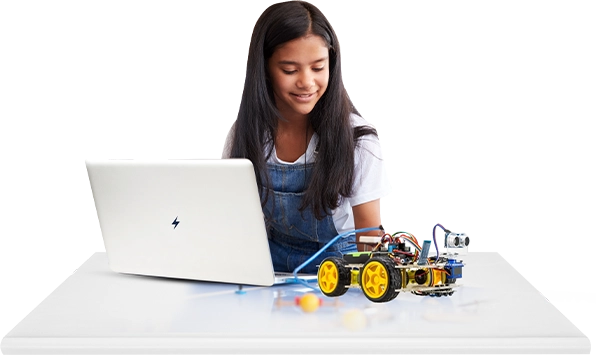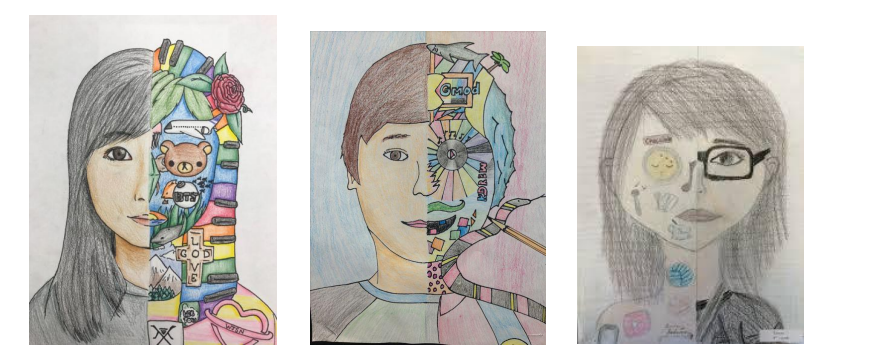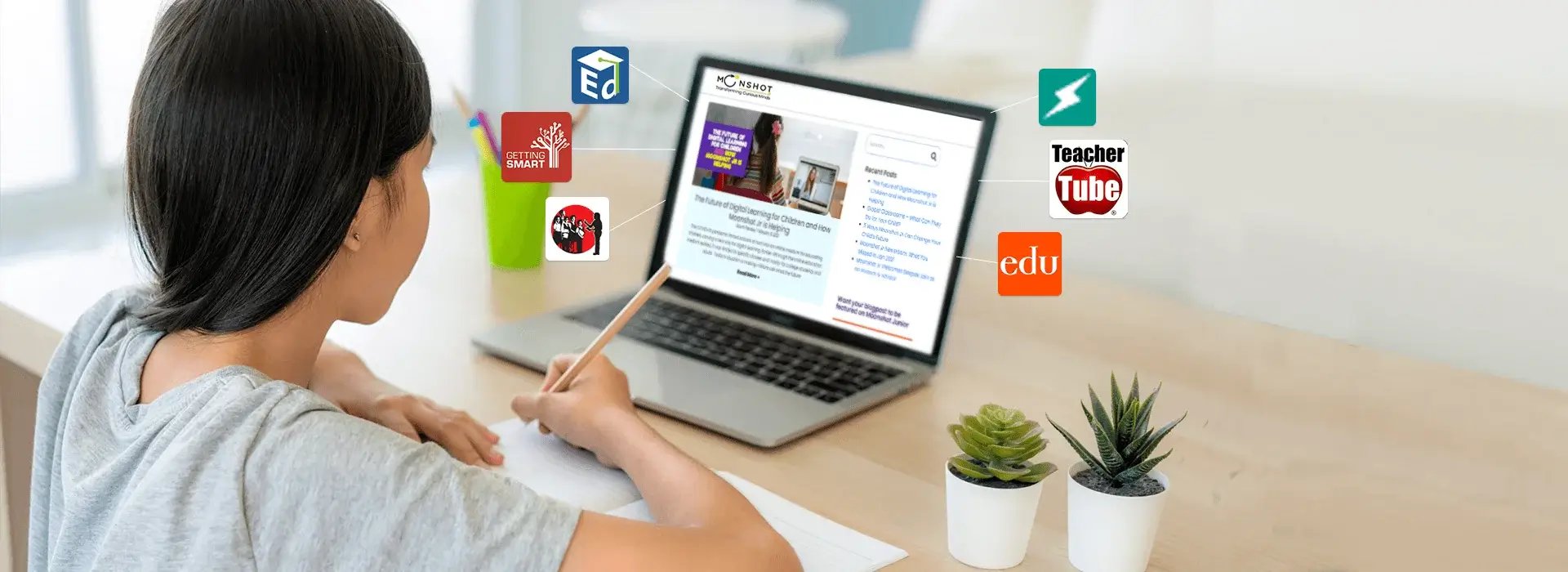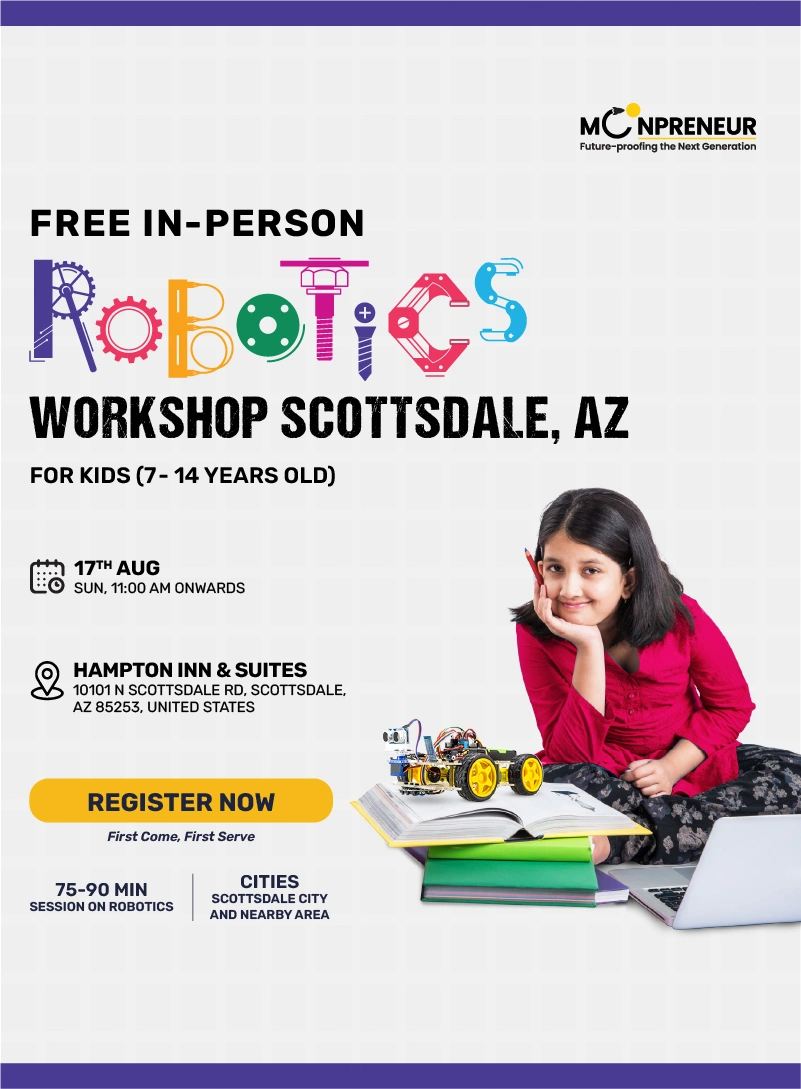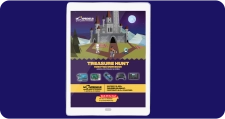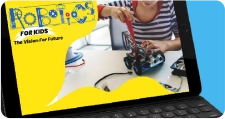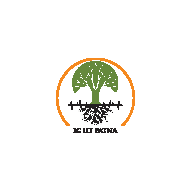Update: This article was last updated on 2nd May 2025 to reflect the accuracy and up-to-date information on the page.
Back to school! As we return to a new school year, it is vital to start up the creative machinery of young brains. Art is an excellent vehicle that not only inspires self-expression but also instills critical thinking and problem-solving. This blog delves into a variety of back to school art projects and back to school art activities that are educational yet engaging. A popular classroom fad is the half portrait half interest idea—where kids do a self portrait half face half interests or paint a half self portrait half hobbies artwork. The combination of the two gives them a chance to express themselves as individuals while finding out about what they are passionate about. These back to school art projects make great icebreakers and encourage a sense of community. Whether it’s drawing, painting, or mixed media, these back to school artwork suggestions—including fun back to school painting ideas—are sure to inspire students from day one.
1. Nature-inspired Collages
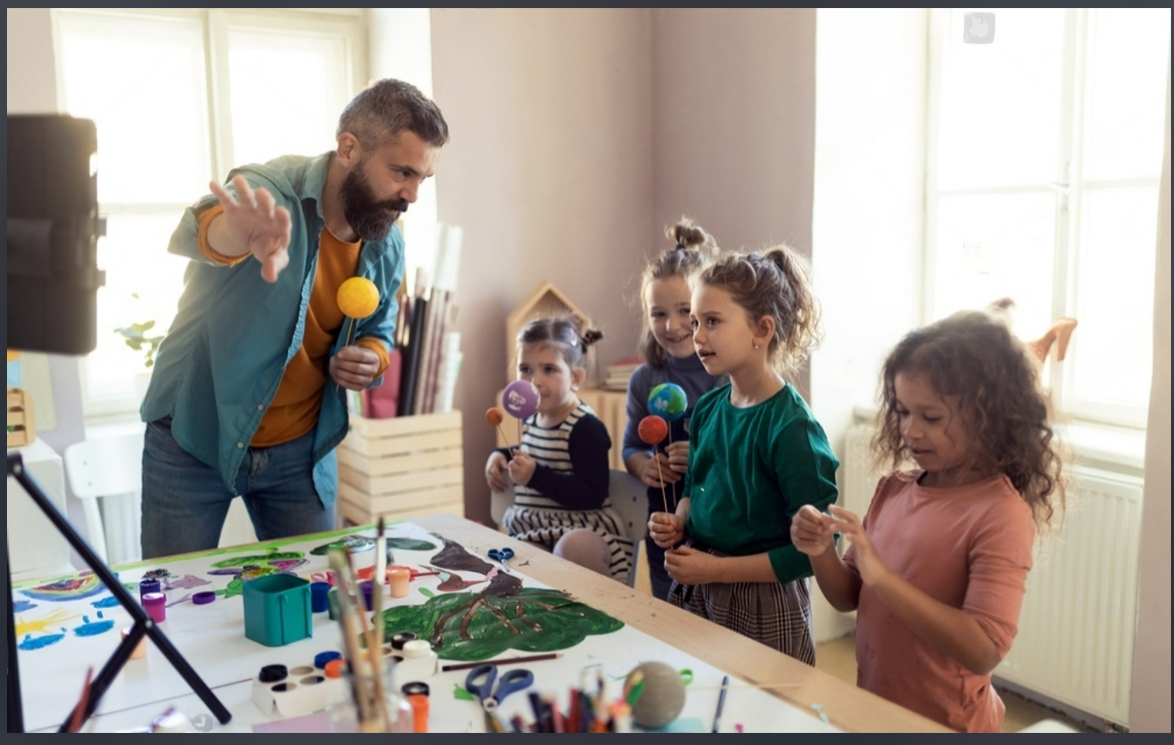
Materials needed: Magazines, scissors, glue, and poster board.
Ask students to venture out into the natural world and bring a part of it into their art. By gathering images from magazines and making collages, they’ll not only be improving their artistic abilities but also learning to appreciate the environment.
2. Self-Portrait with a Twist
Materials needed: Mirrors, pencils, paints, and canvas.
Self-portraiture is a traditional art, but let’s infuse a little imagination. Ask students to imagine themselves in the future or bring themselves to a magical world. This activity not only sharpens their artistic skills but also challenges them to think creatively.
3. Found Object Sculptures
Materials needed: Various found objects (e.g., cardboard, bottle caps, buttons), glue, and paint.
Creativity tends to grow from resourcefulness. Encourage students to create sculptures using common items. Not only do they learn to think outside the box, but they also discover the importance of recycling materials.
4. Storybook Illustrations
Materials needed: Paper, markers, and access to a favorite storybook.
Imagination has no limits, and using illustrations, students are able to bring stories to life in their own creation. By choosing scenes from a favorite book, they’ll have a better grasp on visual storytelling.
5. Mosaic Madness
Materials needed: Colored paper, scissors, glue, and poster board.
Mosaics are a classic form of art that calls for detail and knowledge of color theory. By making lively mosaic artwork, students can understand how colors interact with each other and shapes to produce their own work of art.
Recommended Reading: TOP 50 SCIENCE FAIR PROJECT IDEAS
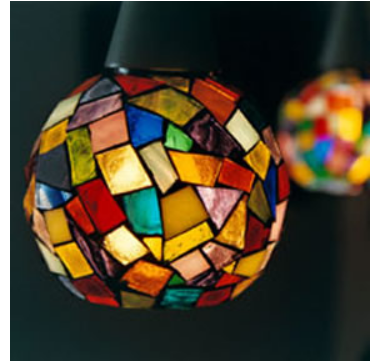
6. Kinetic Art Mobiles
Materials needed: Wire, string, found objects, and paint.
Expose students to kinetic art – where movement is part of the art. In making mobile sculptures, they will not only learn about structures and balance but also about fundamental physics.
7. Dream Journal Sketches
8. Art Through the Ages
Materials needed: Sketchbooks, colored pencils, and markers.
Dreams are a rich source of creativity. Ask students to express their nocturnal experiences through sketches. The exercise fosters artistic abilities as well as introspection and discovery of the subconscious.
Materials needed: Art history books or online resources, paper, and various art supplies.
Take a journey through art history! Introduce students to different art movements and let them create pieces inspired by their favorite era. This project not only cultivates an appreciation for art’s evolution but also encourages personal interpretation.
9. Cultural Celebrations
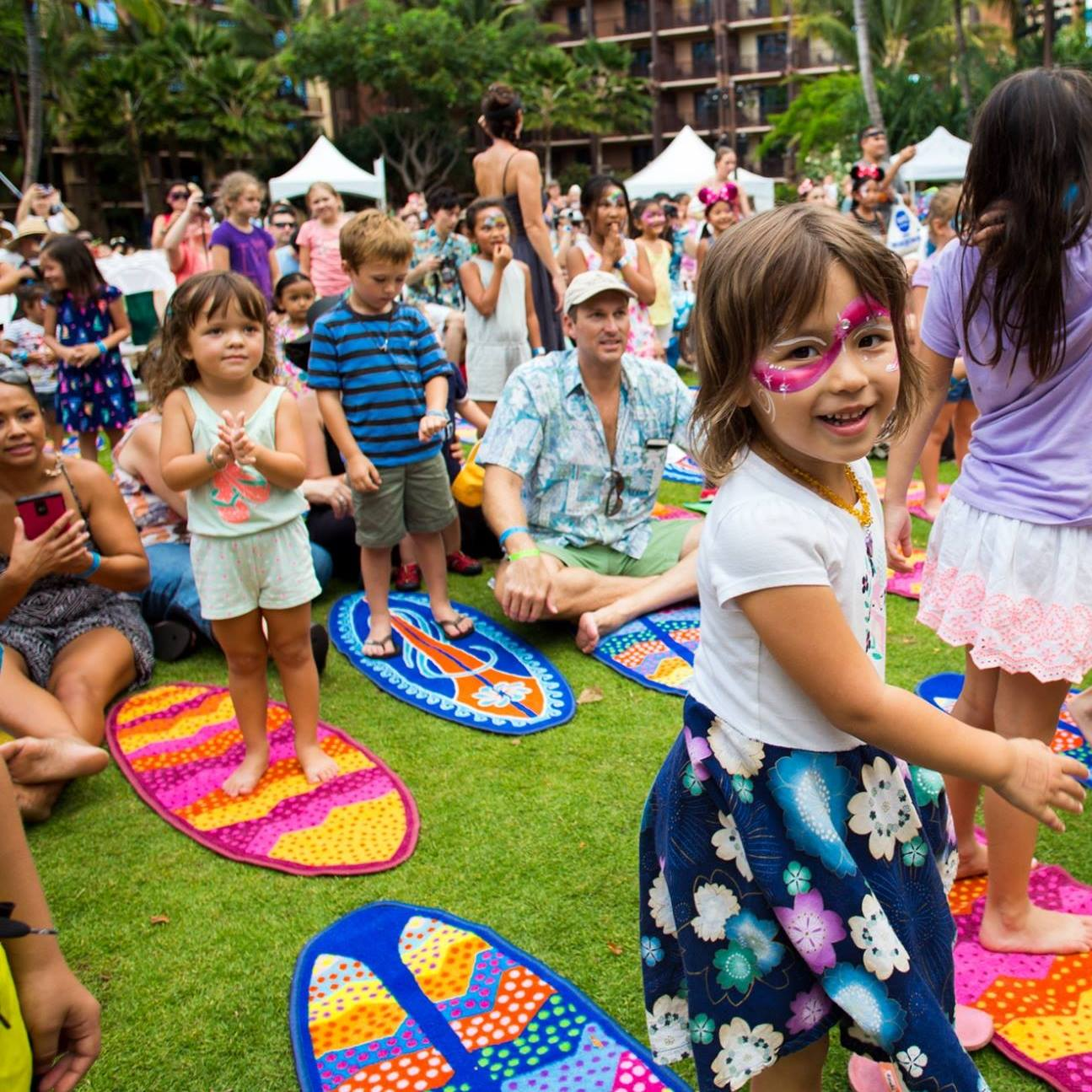
Materials needed: Construction paper, markers, and other decorative elements.
Art offers a window into various cultures. Investigate various holidays around the globe and ask students to produce art based on these celebrations. This activity promotes cultural awareness and creative diversity.
Recommended Reading: ROBOTICS BIRTHDAY PARTY FOR KIDS
10. Texture Rubbings Adventure
Materials required: Crayons, paper, clipboards, and textured materials (e.g., leaves, bark, coins).
Take students on a texture-hunting mission around the classroom or outside. By covering paper over textured objects and rubbing crayons over them, they’ll discover patterns in nature and man-made things, improving their observation and touch skills.
11. Color Emotion Wheels
Materials required: Paper plates, paints or markers, and a color chart.
Have students discover the correlation between color and emotion. By sectioning a paper plate and labeling each as an emotion, they can see how colors correspond to moods, enhancing their emotional quotient and knowledge of color psychology.
12. Nature Mandalas
Materials: Natural objects (leaves, flowers, stones, twigs), glue, and paper.
Mandala construction receives a nature twist! Through the use of materials gathered outside, students learn to make symmetric, nature-related mandalas. This encourages mindfulness, patience, and value for symmetry within art and in nature.
13. Shadow Art Drawing
Materials required: Objects or toy figures, paper, pencils, sun or flashlight.
Tap the potential of light and shadows! Have students put things on paper and draw their shadows at various points in the day or under studio lighting. A great way to learn about light, perspective, and outlining shapes with a hands-on spin.
14. Recycled Magazine Fashion Design
Materials required: Old magazines, scissors, adhesive, and paper to draw.
Blend sustainability and creativity by asking students to create fashion clothes using magazine cutouts. They can sketch out figures and dress them up with magazine attire. This encourages upcycling and introduces the fundamentals of design and fashion drawing.
15. 3D Cityscapes
Materials required: Cardboard, paint, scissors, glue, and markers.
Bring cityscapes to life in 3D! Students can create small buildings and landscapes out of cardboard and add markers or paint to make them look like real cities. This activity develops spatial thinking and provides insight into city planning and architecture.
Conclusion
These back-to-school art projects are not just about creating beautiful pieces; they’re about nurturing a lifelong love for creativity and self-expression. As we embark on this new school year, let’s celebrate the boundless imagination of young minds. Here’s to a year filled with artistic adventures and endless possibilities!
Moonpreneur is dedicated to transforming conventional education, preparing the next generation with comprehensive learning experiences. Our Innovator Program equips students with vital skills in AI/ML, Robotics, Coding, Game Development, and App Development, fostering entrepreneurship through hands-on learning. This initiative aims to cultivate the workforce of tomorrow by integrating innovative technologies and practical skills in school curriculums.
Register for a 60-minute free workshop today!



